Thief Simulator 2 — Review
I spent long evenings contemplating how to prepare a review for this thieving game. How to define it uniquely to quickly capture your attention. Various thoughts on this challenging topic swirled in my mind as I played, and several answers immediately came to mind. It's the good old Thief, but as if it arrived from Wish, a game bought at Tesco by unknowing parents, yet surprisingly good. It's a diamond that Santa brought you under the Christmas tree, initially mistaken for coal. One could go on like this endlessly and even further, but the review's introduction is already too long, and references to theft are too few.
Let's start with the story. It's stereotypical and ironically steals from classic tales of a thief who owes money to the mafia and must repay his debt. It is told uninterestingly through voice calls, where several characters cheer you on and instruct you on what to steal. It's not an outright bad way of storytelling, but it's written in a very unengaging manner, almost making me expect Subway Surfer to start playing on my phone screen.
As if it wasn't enough, the game's ending is presented as a primitive movie scene, which the developers slightly modified after patches. However, this minor change did not affect the fact that it is still a very unsatisfactory ending, robbing me of my time. But to be fair, the in-game radio humorously comments on how much you are robbing the city. It's just a shame that there aren't too many of these dialogues, and they repeat. However, who played the first game for the story, right? Like its predecessor, Thief Simulator 2 is primarily built on gameplay and level design. And although it may not seem like it at first glance, it handles both quite decently.
Before you start the game, you have the option to choose one of three difficulties that mainly affect artificial intelligence awareness, saving mechanics, and the amount of experience you gain for theft. I chose the hardest difficulty. If caught by the police or armed civilians, you lose stolen items and half of your money, which you subsequently have to regain in prison. The individual difficulties are essentially balanced, although on the hardest one, I felt that the AI occasionally outright cheated, but I'll get to that. The game offers both a story mode and a free mode, where you essentially steal items freely. However, both modes share the unfortunate presence of only one save slot. Players must manually backup their old save files when creating a new game.
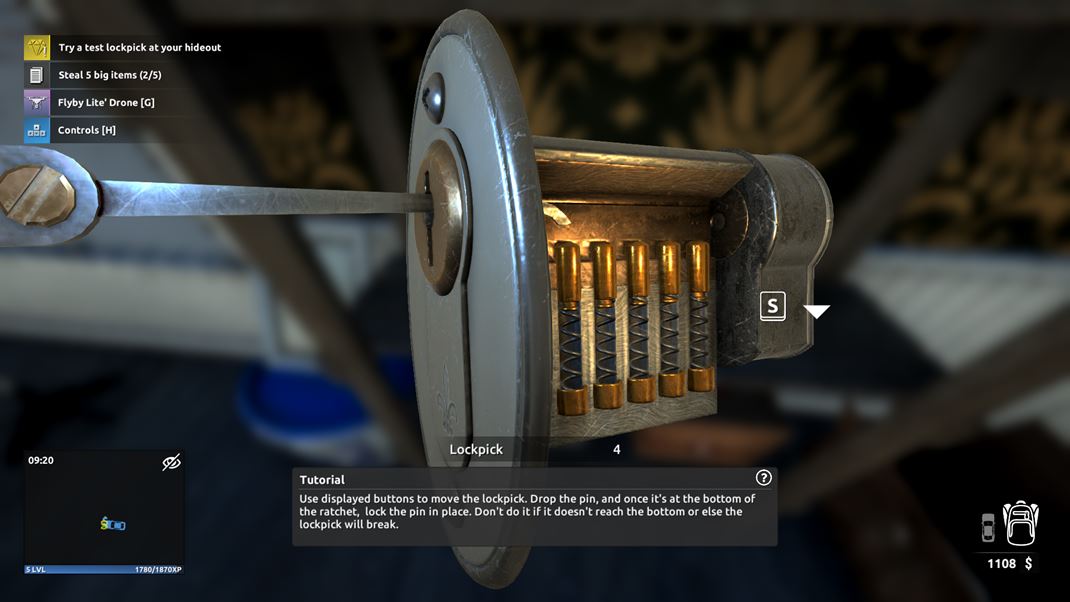
Dedicating many evenings to pondering how to craft a review for this thieving game, I sought a unique approach to captivate your attention. Amidst various musings on this intricate subject during my gameplay, several notions quickly materialized. It's akin to the classic Thief, yet seemingly an offering from Wish, akin to a game picked up at Tesco by unwitting parents, surprisingly good nonetheless. Picture it as a diamond from Santa under the Christmas tree, initially mistaken for coal. One could continue this analogy ad infinitum, but the introduction has already extended, and references to theft are too scarce.
Let's delve into the narrative. It adheres to stereotypes, ironically pilfering from classic tales of a thief indebted to the mafia, compelled to settle his debts. The story unfolds uninterestingly through voice calls, where multiple characters cheer you on and direct your thieving endeavors. While not an outright flawed narrative style, it lacks engagement, almost prompting an expectation of Subway Surfer to start playing on my phone screen.
As if that weren't enough, the game's ending unfolds as a rudimentary movie scene, slightly altered by developers in subsequent patches. However, these minor adjustments do not salvage its unsatisfactory nature, leaving me feeling robbed of my time. To be fair, the in-game radio humorously comments on your escalating thievery in the city. Regrettably, such dialogues are sparse and repetitive. Yet, who played the first game for its story, right? Similar to its predecessor, Thief Simulator 2 thrives on gameplay and level design. Despite initial impressions, it adeptly manages both aspects.
Upon commencing the game, players can choose from three difficulty levels primarily impacting artificial intelligence awareness, saving mechanics, and experience gained from theft. Opting for the hardest difficulty means losing stolen items and half of your money if caught by the police or armed civilians, necessitating subsequent retrieval in prison. Despite some occasional instances where it seemed the AI outright cheated on the hardest difficulty, the individual difficulty settings are reasonably balanced. The game provides both story and free modes, yet both share the limitation of a single save slot. Consequently, players must manually backup their old save files when embarking on a new game.
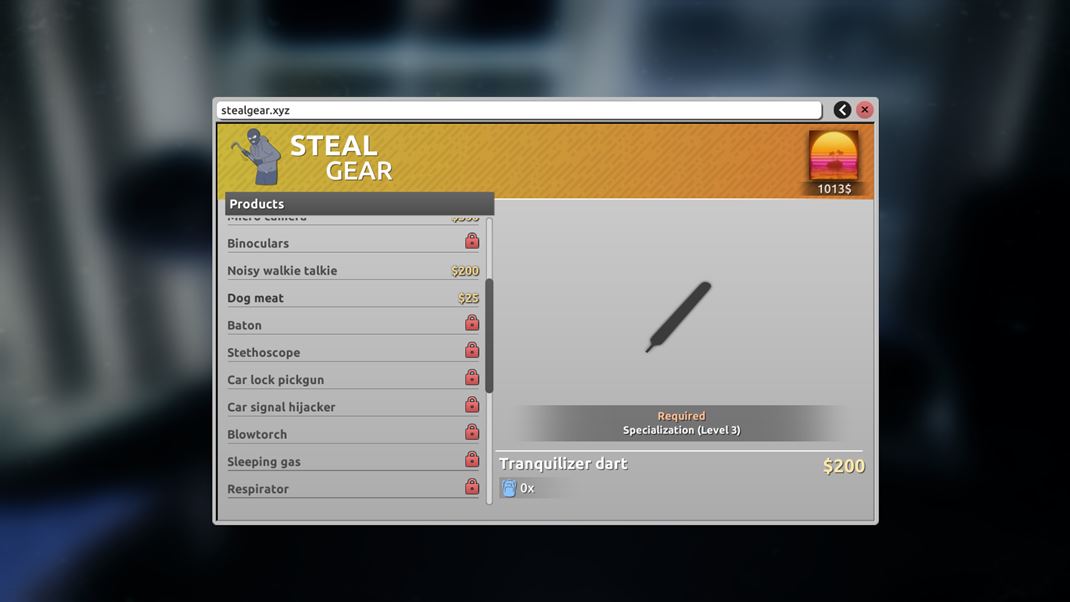
Later, the developers added perks for separate experiences to the game. These perks are mostly percentage-based and not very profound, especially for the most expensive ones. You can also upgrade your character with increased percentages by completing special tasks and challenges.
To maximize its potential in stealth mechanics, the game employs a game design element older than time itself. It introduces challenges and obstacles to the mix. As you progress through the game, not only do you become stronger, but the houses, estates, and institutions you infiltrate have better security systems. At this point, you need to start paying attention to hidden lasers, smoke detectors, cameras, alarm systems on cars, doors, and windows, as well as an increased number of guards, and so on.
On a content level, the game incorporates various mechanics such as depositing money in the bank to prevent its loss when caught, selling stolen items in more lucrative collections, and dismantling cars for valuable components. You can also customize your main base from which you embark on your thieving adventures, disassemble stolen jewels, hack computers in a mini-game, and unlock mobile phones for sale. Additionally, you can complete special challenges or engage in neighborhood mischief on properties, such as destroying things, taking photos of private spaces, and more. The game also features special tasks through public phones, where you must steal something from a house within a specific time frame. However, these side missions are often repetitive and uninteresting. The game also includes a wanted system with the police, searching for hidden treasures, and the necessity to pay rent and for gasoline. The developer took the simplicity of the first game and enriched it with a larger amount of content.
Three significant factors contribute to the enjoyment of stealth games: AI, level design, and sounds. The AI in this game is incredibly controversial in terms of quality. On the one hand, it is impressively programmed. The AI reacts more alertly when you leave doors open in houses. NPCs outside buildings, for example, can call the police if they see you doing something suspicious on someone else's property or blocking the road with a car. Each NPC in buildings has its daily and nightly routine, an individual level of vision and hearing, and their own current mood. Some of these factors also affect specific days of the calendar when everyone is more attentive or unpredictable. As a result, players must strategize and plan when and at what time to raid certain houses.
And here's where the problems begin. It became impossible. In one game, the game combined the insane and cheating police AI from the old Cyberpunk with the human dementia of NPC characters from Payday 2. In translation, AI characters in the game either don't see you at all or see you from 100 meters away and instantly summon the police. If this self-proclaimed "police" didn't have the function of instant killing, it would probably never catch up with you in your life, even if you had all three stars. I always sadly laughed when I was subsequently the only suspicious person among millions of bald NPCs without a black mask. Even old ladies started looking at me as if I wanted to steal not only their property but also their pensions.
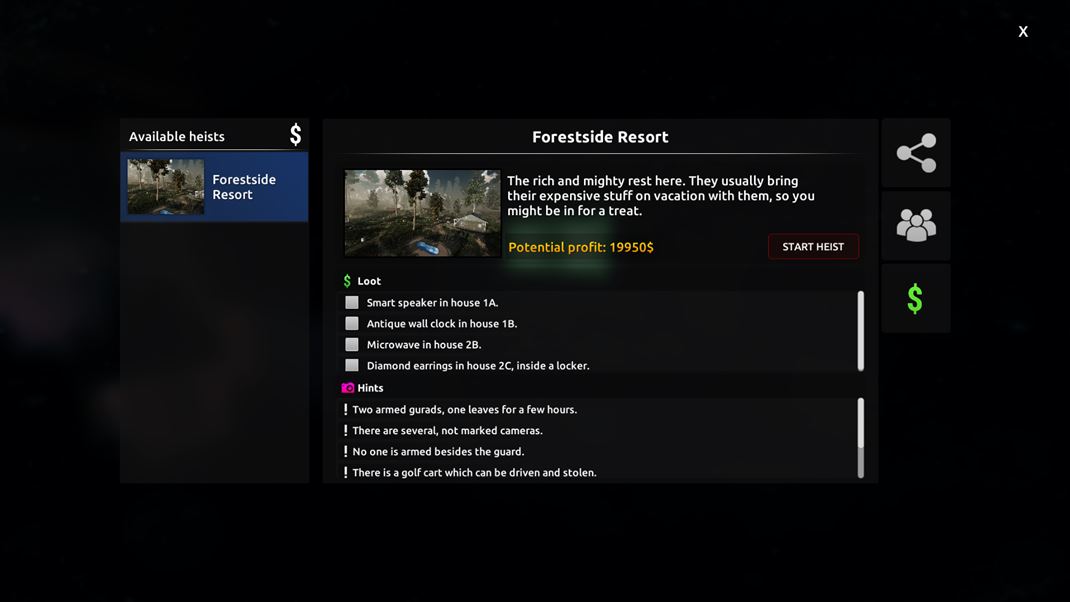
To get back to the positives, I must comment on the level design. It is very solid, allowing players various approaches to enter homes and proceed inside. Strong level design is particularly noticeable in special heists, such as banks, residential estates, horror houses, huge warehouses, or futuristic museums.
Another positive aspect of the title is the sound, although it is not revolutionary. It manages to be decent and, above all, very satisfying when stealing items into the bag. However, do not expect something akin to old Thiefs, where you make various sounds depending on the surfaces you walk on. Nevertheless, the game cleverly uses sound as a mechanic during the opening of doors and various objects. You must open them quietly so that the AI doesn't learn about you. The game's music is also quite solid and can be either relaxing from the radio or more tense, stealthy, filled with ticking and tense ambiences during stealth progress.
This comparison has been made several times, but I can't help but internally support it. This game simply looks graphically as if you could actually buy it only at Tesco. Thief Simulator 2 simply evokes a similarly cheap effect with its appearance, as do other games published under PlayWay. The cheap graphics are particularly noticeable when looking at characters and their faces. However, it's not equally bad everywhere, and the stylization of individual homes and estates can be very nice and diverse. Moreover, even the worst visuals cease to be a problem at night when you can hardly see anything. Graphic settings are not too extensive, and you don't have many customization options. But for a game developed by one person, that's quite enough. Although at least he could have added an FPS limiter there.
Regarding the technical state, I want to note that the title is quite well-optimized, and I stopped discovering bugs over time. The developer obviously cares about the game, adding not only content but also fixes. However, the only technical issue I would criticize is the inability for quick loading, occasional FPS drops, or when quick saving doesn't save that I've already hacked all security systems in the house. I want to commend the developer for the original mechanic where you can play a small mini-game with clicking on objects during the initial loading.
The last points I'll steal from the game and evaluate are the HUD and UI. The HUD in the game, with the amount of information it displays, feels like those pictures from players mocking the overcomplexity of HUDs in Ubisoft's open-world games. However, not every piece of information in the HUD is unimportant. Information describing the status of certain buildings and their inhabitants always comes in handy, for example. At times, it somewhat contradicts the design decision to provide you with some of this data through floating symbols in the environment. This happens in places where such information is crucial. The game simply holds your hand too much. It's all the sadder given that, compared to the first part, it sometimes worse shows the most important information, such as how much sound you are currently making.
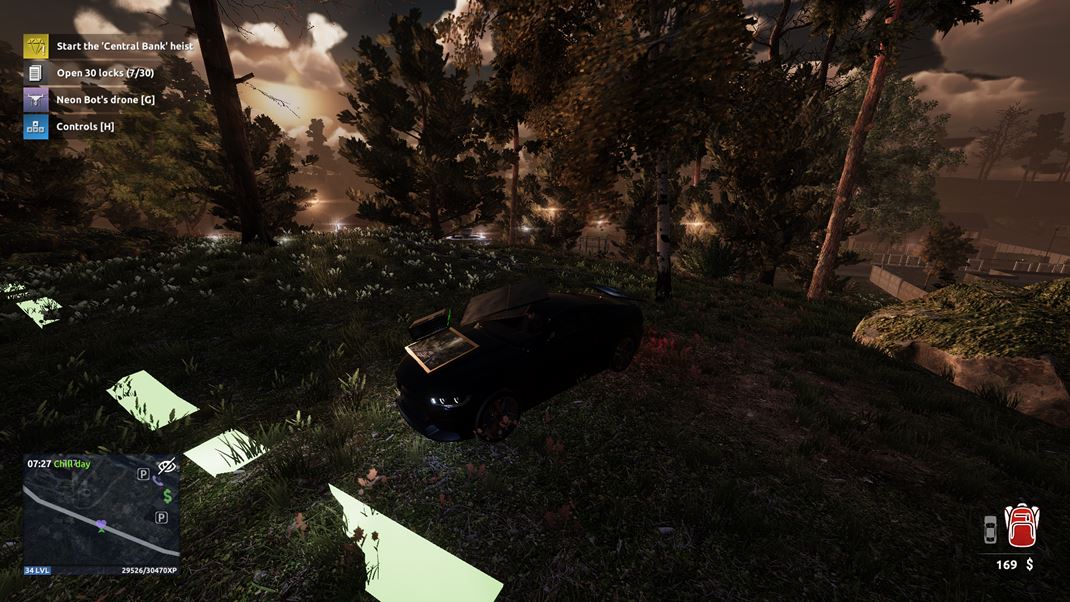
The map, which is also a new feature, does not show the line of sight of people on the street, but this may be because the author did not want players to have it easier. In general, however, the map is more user-friendly compared to the first game, and you can even enlarge it in real-time. Fortunately, the UI is somewhat better, although it looks quite peculiar, but I wouldn't consider it a complete drawback. However, the game could remember which street in the city and its houses I last viewed in the menu.
Thief Simulator 2 is not easy to evaluate. Its mechanics are very shallow, the visuals are ugly, and it evokes a cheesy feeling. On the other hand, it offers an incredibly well-dosed content for a low price, entertaining stealth, sophisticated AI, unique mechanics, and many other things. Moreover, it was all done by a single person, which is more than admirable. It's a game that managed to steal not only my wallet but also my heart over a delightful 20 hours.


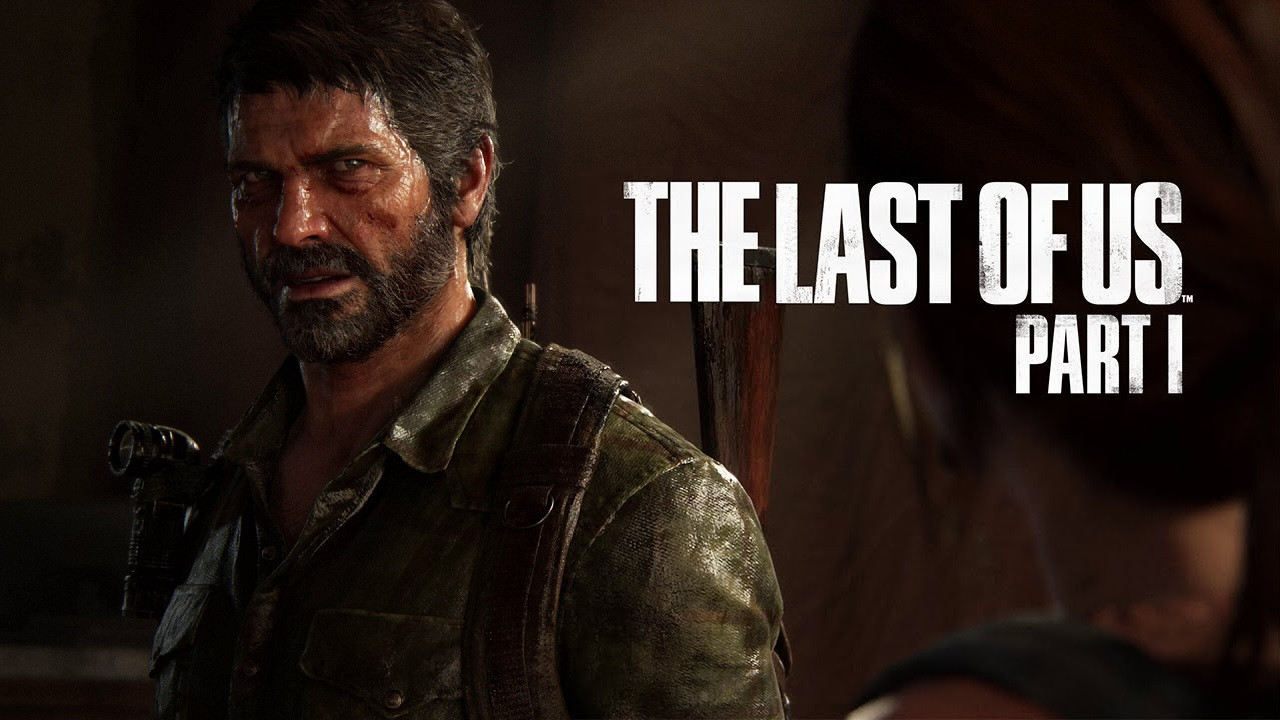



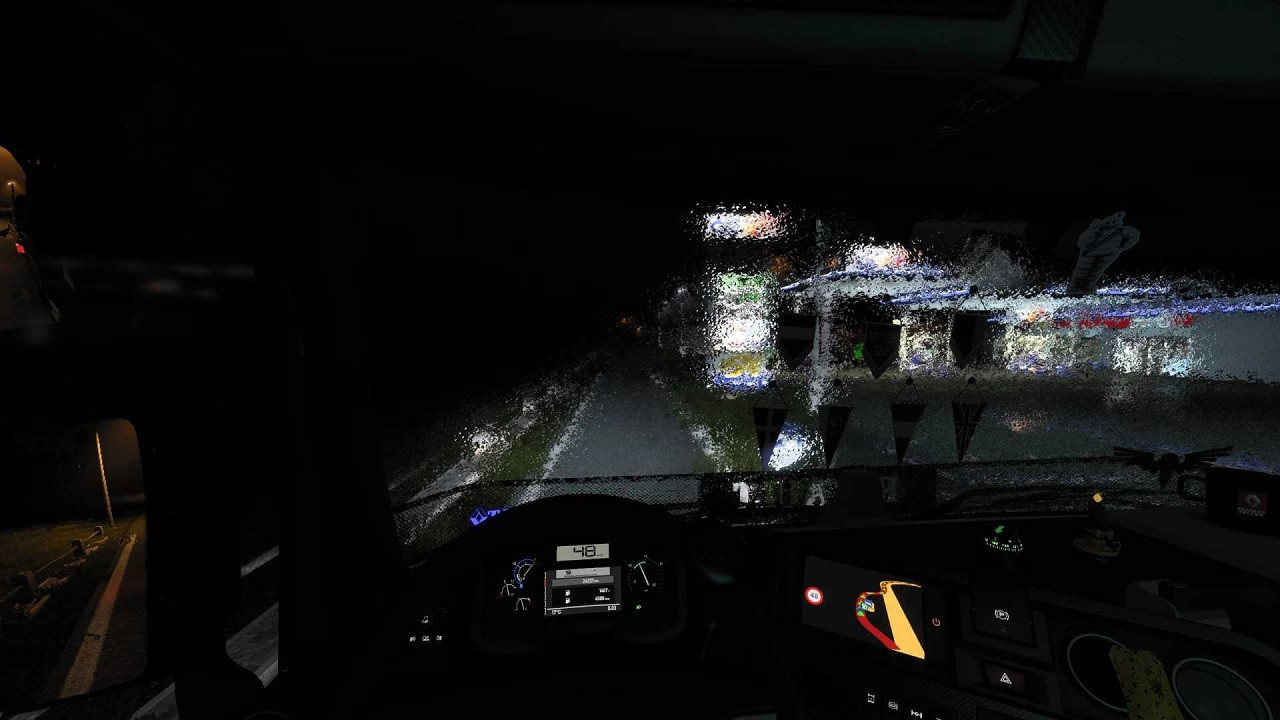
Comments (0)
No comments found